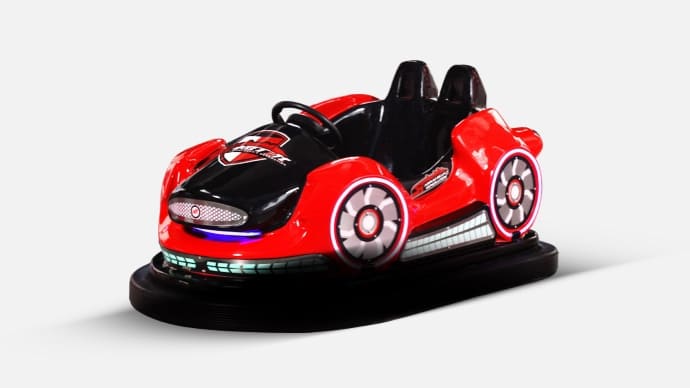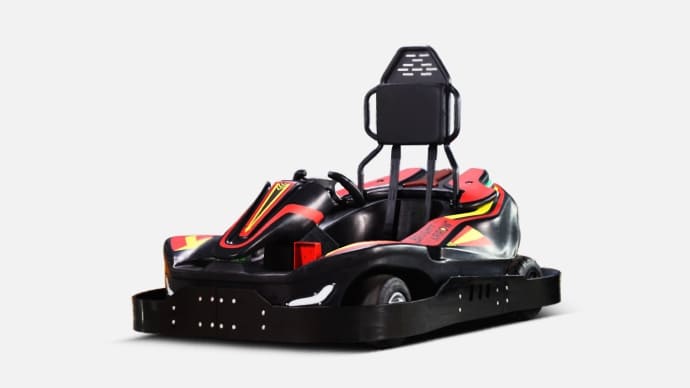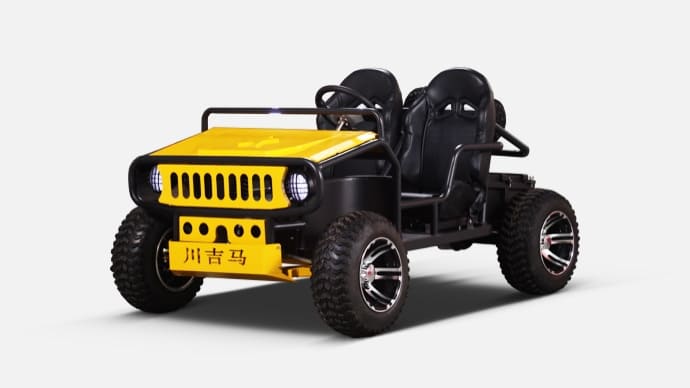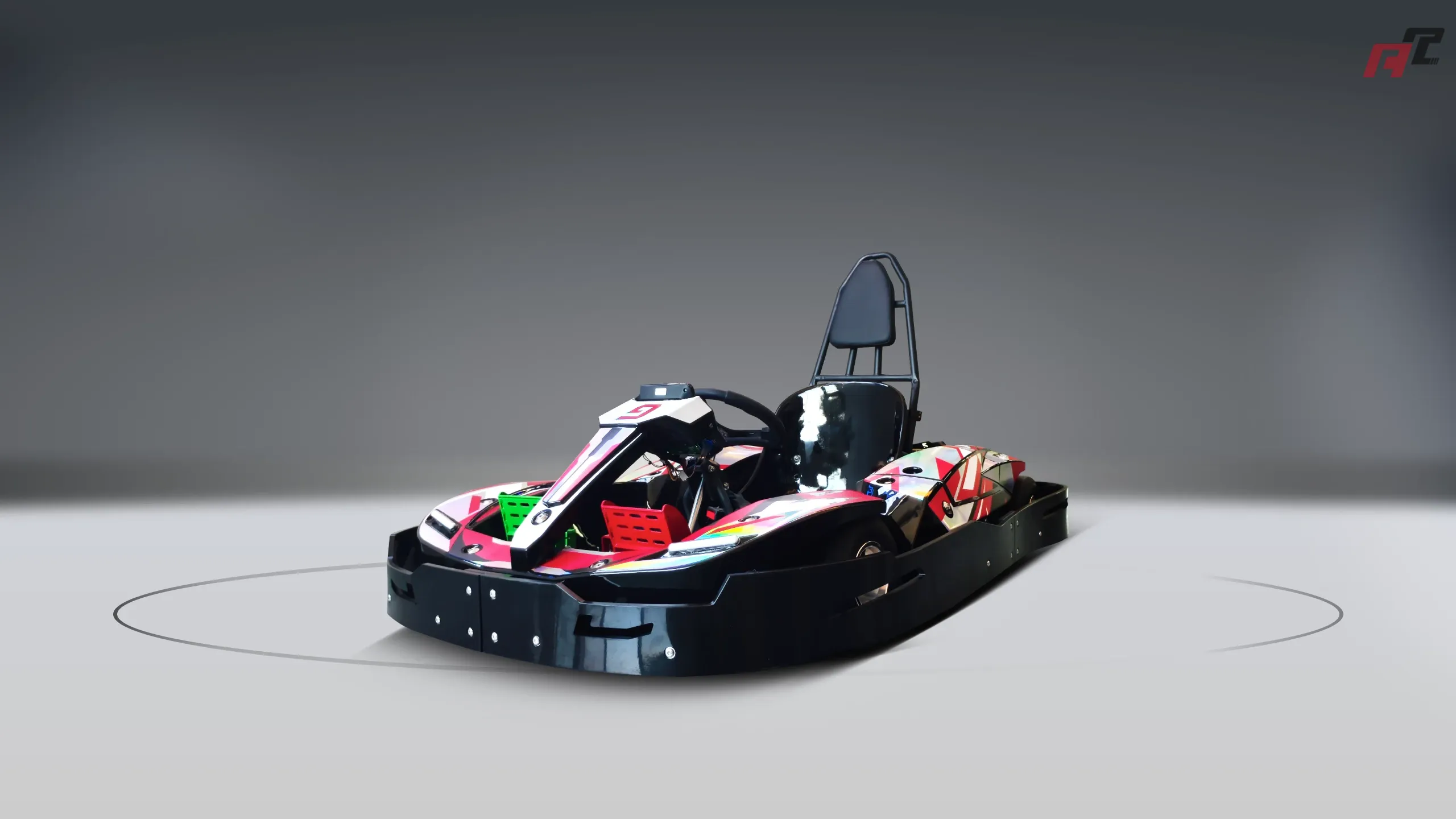are bumper cars elastic or inelastic | ANCHI Expert Guide
This blog explores whether bumper cars experience elastic or inelastic collisions, addressing common questions for go karts industry users. Learn about collision physics, safety considerations, and procurement tips for bumper cars and go karts, backed by real data and expert insights to aid in informed purchasing decisions. Ideal for amusement park operators and procurement professionals seeking to optimize safety and performance.
Are Bumper Cars Elastic or Inelastic? Understanding Collision Physics for Go Karts Procurement
When it comes to amusement park rides like bumper cars and go karts, understanding the physics of collisions is crucial for safety, design, and procurement decisions. A common question in this field is whether bumper cars experience elastic or inelastic collisions. Based on available information from resources like XJD and physics forums, bumper car collisions are generally considered inelastic. In an inelastic collision, kinetic energy is not conserved due to energy being dissipated as heat, sound, or deformation. When bumper cars collide, the impact often results in a noticeable loss of speed and energy, accompanied by the characteristic jolt felt by riders. This blog addresses this central question and related concerns for go karts industry users looking to procure safe and efficient equipment.
What Are Elastic and Inelastic Collisions in the Context of Bumper Cars?
Elastic collisions occur when two objects bounce off each other without losing kinetic energy, maintaining their total energy post-impact. In contrast, inelastic collisions result in a loss of kinetic energy, often due to deformation or friction. According to resources like Khan Academy and Harvard Natural Sciences Lecture Demonstrations, bumper car collisions are typically inelastic because the cars absorb energy upon impact through their bumpers and structure, reducing speed significantly rather than bouncing off perfectly. This knowledge is vital for procurement professionals in the go karts industry, as it influences the choice of materials and safety features for both bumper cars and go karts, ensuring rider safety during impacts.
How Do Collision Types Affect Safety in Bumper Cars and Go Karts?
Safety is a top priority in amusement rides. In inelastic collisions, as seen in bumper cars, the energy dissipation can reduce the severity of rebounds, potentially lowering the risk of whiplash or sudden jolts compared to elastic collisions. However, as discussed in a Reddit thread from r/AskPhysics, if collisions were elastic, the sudden transfer of momentum could increase injury risk due to higher rebound speeds. For go karts, which often operate at higher speeds, understanding collision dynamics helps in procuring vehicles with appropriate crash barriers and energy-absorbing materials to mimic safer inelastic impacts, as supported by safety studies in automotive design.
What Materials and Designs Should Be Considered for Safer Bumper Cars and Go Karts?
Procurement in the go karts industry requires a focus on materials that enhance safety during collisions. Bumper cars often use rubber or foam bumpers to absorb impact, ensuring inelastic collisions with minimal rider discomfort. For go karts, reinforced frames and energy-absorbing bumpers are critical, especially given the higher speeds involved. According to a recent report from Newstrail (June 2025), the automotive bumper market, relevant to go kart design, is growing at a 4.2% CAGR through 2032, driven by demand for advanced safety features. Procurement teams should prioritize suppliers offering durable, energy-absorbent materials compliant with safety regulations.
How Do Collision Physics Impact Maintenance and Longevity of Equipment?
Inelastic collisions, while safer for riders, can lead to greater wear and tear on bumper cars and go karts due to repeated energy absorption causing material fatigue. This impacts procurement decisions by necessitating equipment with robust maintenance schedules and spare parts availability. Industry data suggests that regular inspections and bumper replacements are essential for extending equipment lifespan. For go karts, selecting models with modular designs allows easier repairs, reducing downtime and costs for amusement park operators, a concern echoed in automotive maintenance trends reported by Repairer Driven News (June 2025).
What Are the Cost Implications of Procuring Safe and Durable Bumper Cars and Go Karts?
Cost is a significant factor in procurement for the go karts industry. While safer, energy-absorbing designs may come at a higher upfront cost, they reduce long-term expenses related to injuries and equipment damage. The automotive bumper market growth, as reported by Newstrail, indicates a trend towards integrating advanced safety features, which may increase procurement budgets but offer better ROI through enhanced safety and customer satisfaction. Procurement professionals should balance cost with quality, leveraging supplier negotiations and bulk purchasing to manage expenses while adhering to safety standards.
In conclusion, understanding whether bumper cars are elastic or inelastic—predominantly inelastic—provides a foundation for informed procurement in the go karts industry. By addressing collision physics, safety, materials, maintenance, and cost, operators can make strategic decisions that prioritize rider experience and operational efficiency. Use these insights to guide your next procurement cycle, ensuring both safety and profitability in your amusement park or go karting business.














